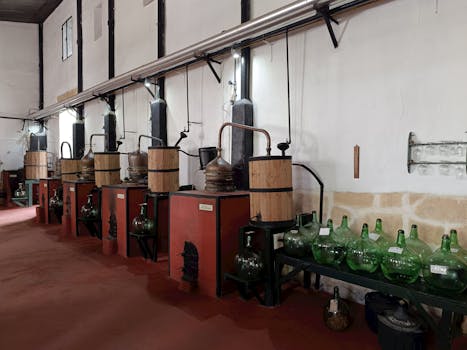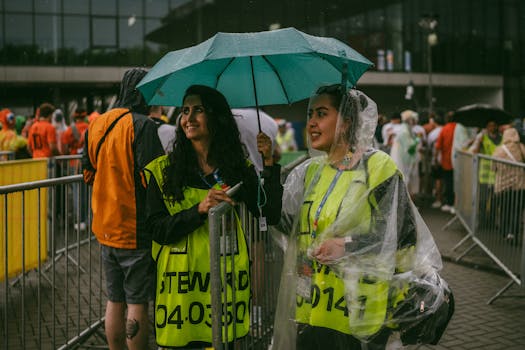Cbp

U.S. Customs and Border Protection (CBP) is facing increased scrutiny and evolving challenges as it navigates a complex landscape of migration, illicit fentanyl trafficking, and ongoing legislative debates. Despite historically slower winter months, CBP is bracing for sustained high levels of crossings, primarily driven by individuals and families from Venezuela, Haiti, and other Western Hemisphere nations.
CBP Commissioner Chris Magnus has emphasized the agency’s commitment to enforcing immigration laws while ensuring the safe and humane treatment of migrants. This balance is a central tension point, particularly given reports from human rights organizations detailing conditions in overcrowded border facilities. To address these challenges, CBP is working closely with the Department of Homeland Security (DHS), FEMA, and state and local partners to manage migrant flows and provide necessary resources.
In addition to managing migration surges, CBP is intensifying efforts to intercept illicit drugs, specifically fentanyl. Agents at key ports of entry, such as Laredo and El Paso, are utilizing advanced technology, including non-intrusive inspection systems and canine units, to detect and seize increasingly sophisticated smuggling attempts. Recent data shows a continued rise in fentanyl seizures, particularly in privately owned vehicles.
The ongoing debate surrounding Title 42’s expiration and the subsequent implementation of stricter enforcement measures under Title 8 continues to shape CBP’s operational strategy. The Biden administration has stated its commitment to comprehensive immigration reform, but faces pressure from both Republicans and Democrats to effectively address the border situation.
A recent Government Accountability Office (GAO) report highlighted concerns regarding CBP’s vetting processes for new hires, pointing to gaps in background checks and potential misconduct. CBP is working to address these vulnerabilities and strengthen internal oversight mechanisms. The agency is also facing scrutiny over its use of surveillance technology, including drones and facial recognition, with privacy advocates raising concerns about potential civil liberties violations. CBP maintains that these technologies are used responsibly and are crucial for border security.
Recent investments in border technology, funded through congressional appropriations, aim to enhance CBP’s ability to detect, identify, and respond to threats along the border while streamlining legitimate trade and travel. The agency acknowledges the need for modernization and is working to implement new technologies efficiently and effectively to address the multifaceted challenges facing the U.S. border.

 12 May 2025
12 May 2025 Share
Share






